SEARCH


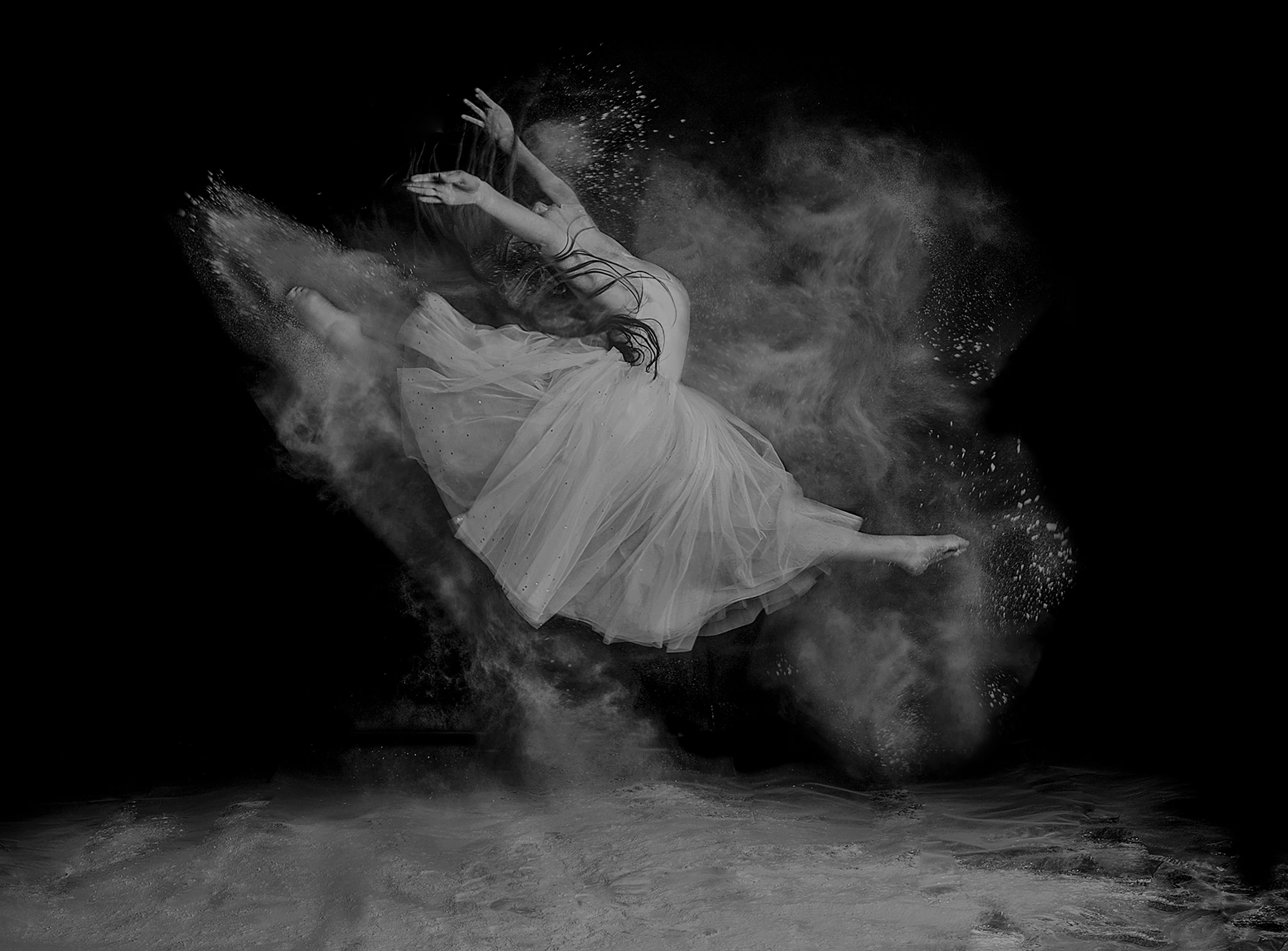
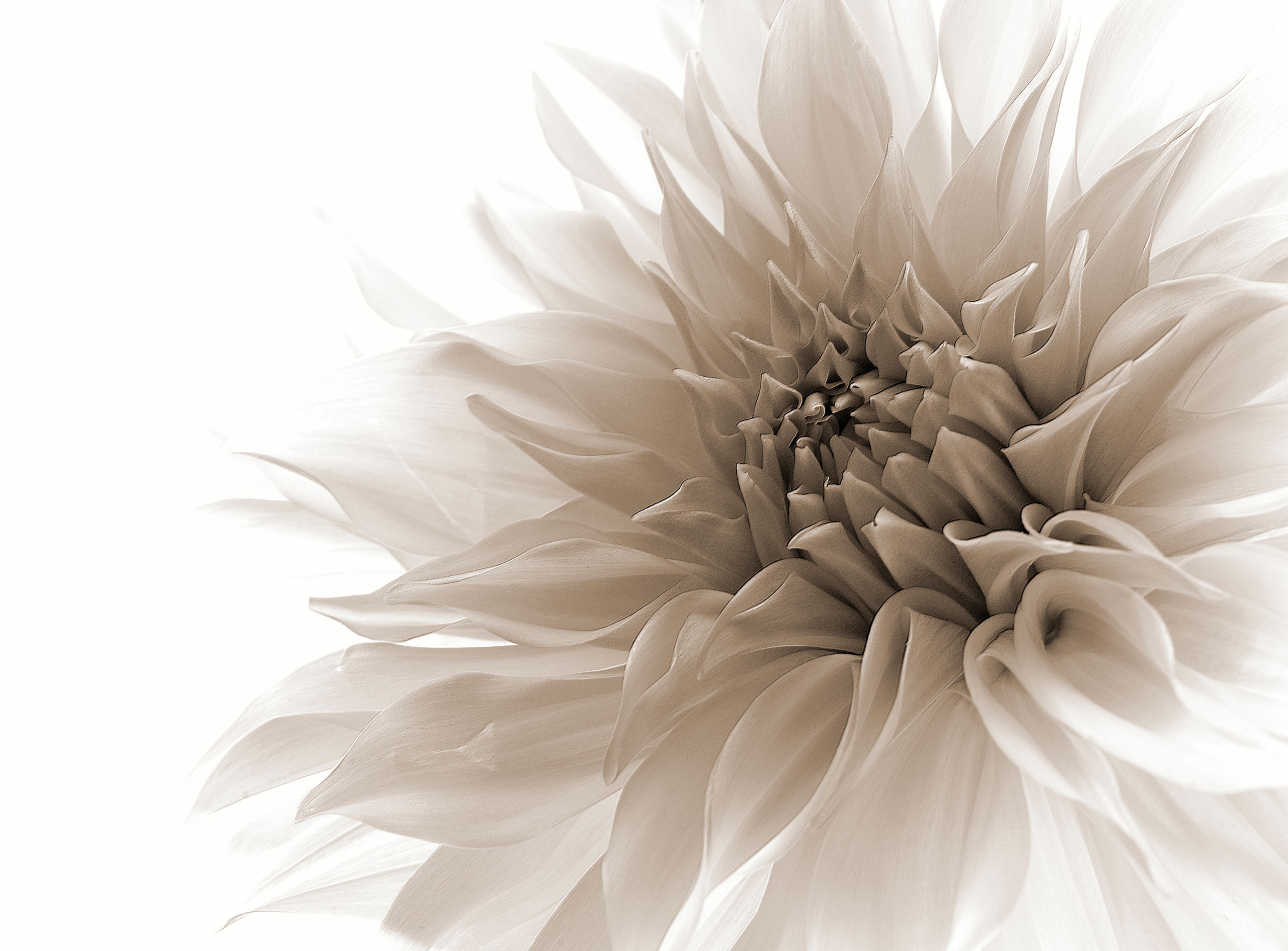
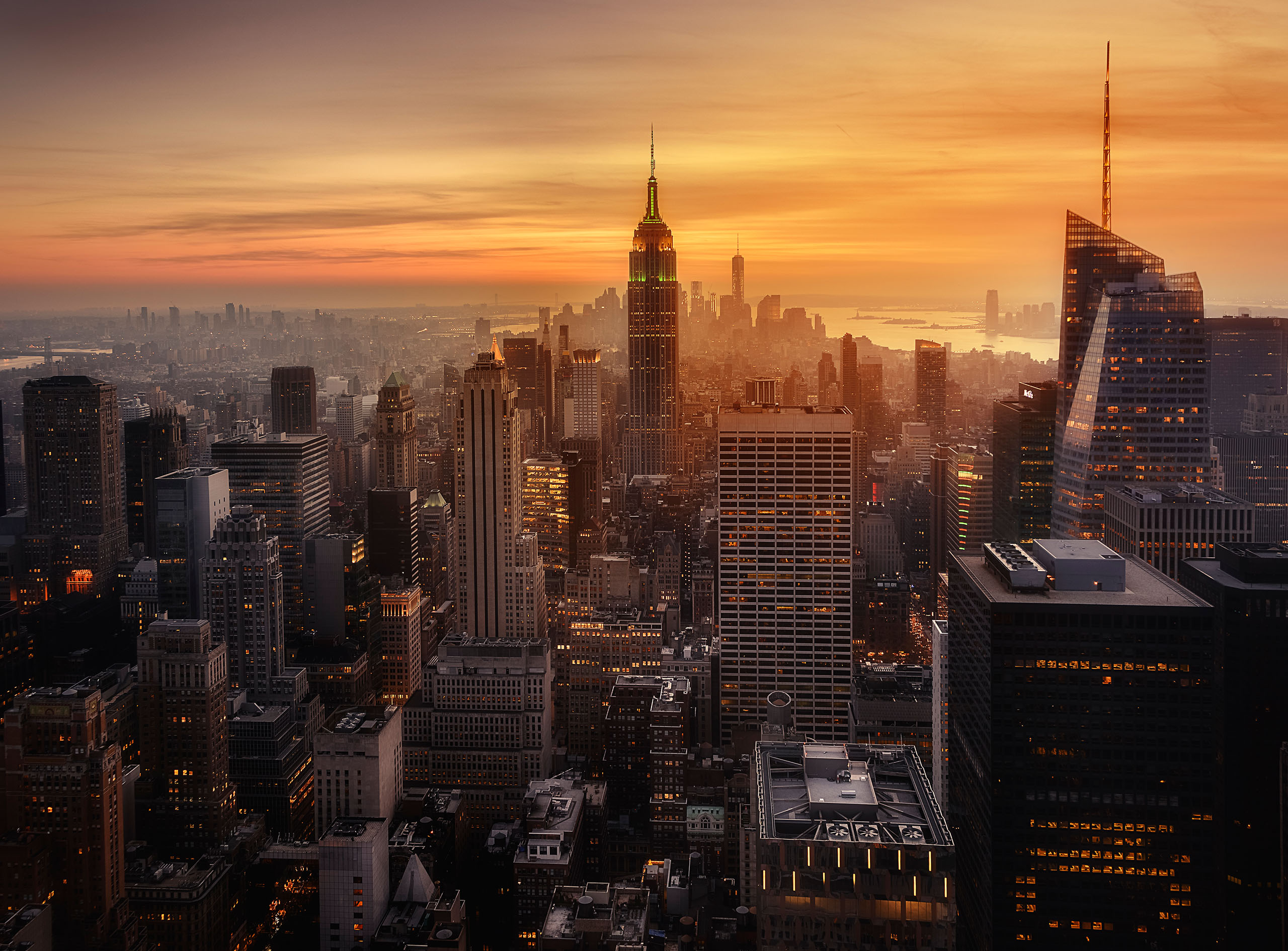
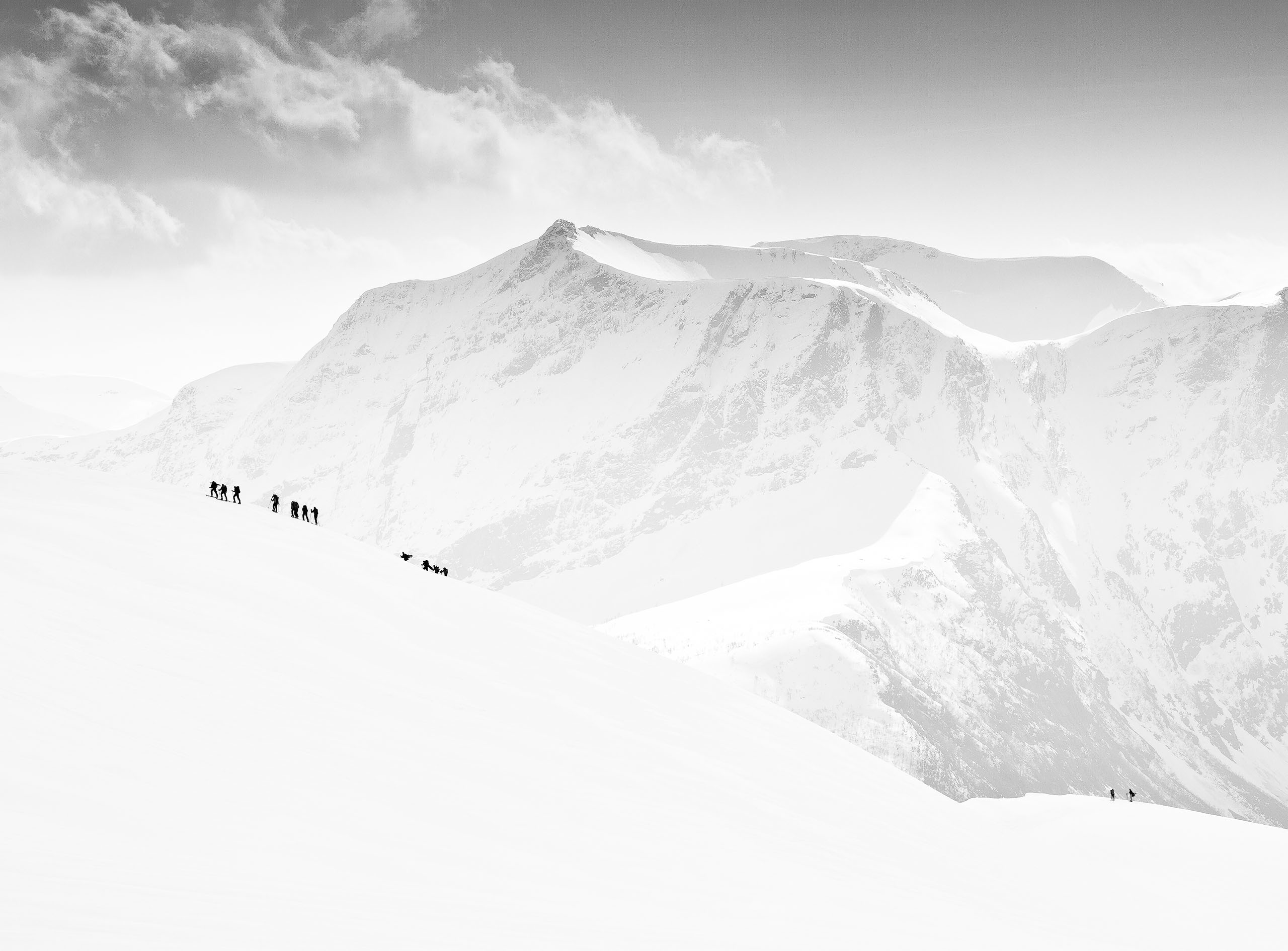
|
|
|
|


Hello
When curating I have noticed that the quality of the picture is considerably less that the quality I see afterwards published on the website.
More specific the "sharpness" of many pictures is rather low.
Do you use a different resolution for different locations ?
It happened already that I rejected pictures because of "blur" while later on I saw them with full sharpness.
Thanks and best regards
Eric Koeken
Eric,
It's been my observation that photos in the 'Member Curation' section are presented at 1000 pixels wide and the file sizes are compressed dramatically. I'm guessing this re-sizing is done so that photos will load quickly for viewing. You can set your monitor resolution to view them at a larger size of course, but the quality is compromised.
In the final gallery, the photos are displayed at 2500 pixels wide and larger file sizes - so much better image quality.
In the 'Critique Forum' photos are 2000 pixels wide or high. (click the blue button if you want to take a look)
So it seems photos are re-sized to three different sizes for the various sections of the site.
I've nothing to do with the design of the website, this is just what I've learned over time.
. . . . Steven T.
*
I can only guess how many photographic works were rejected due to the “low quality” of the material.
In general, one can only sympathize with the authors of panoramic works with an aspect ratio of 2:1 or more if “critics” see some kind of blurry outline on the screen and try to evaluate the work based on it.
it’s the same as evaluating the author’s exhibition through the window of a gallery closed for the holidays... but it explains a lot about the work of voting on 1K
I can only guess how many photographic works were rejected due to the “low quality” of the material.
In general, one can only sympathize with the authors of panoramic works with an aspect ratio of 2:1 or more if “critics” see some kind of blurry outline on the screen and try to evaluate the work based on it.
it’s the same as evaluating the author’s exhibition through the window of a gallery closed for the holidays... but it explains a lot about the work of voting on 1K
"Low quality" can mean many things from uninteresting photo content to not good enough post processing. Some amateur photographers may not want to buy the best post processing software. They may have a photo with great photo content, but their photos keep being rejected because the post processing is not up to the 1x standards. This is unfortunate, but it is part of being in a gallery.
The opposite may also be true.
Best regards,
AL
I can only guess how many photographic works were rejected due to the “low quality” of the material.
In general, one can only sympathize with the authors of panoramic works with an aspect ratio of 2:1 or more if “critics” see some kind of blurry outline on the screen and try to evaluate the work based on it.
it’s the same as evaluating the author’s exhibition through the window of a gallery closed for the holidays... but it explains a lot about the work of voting on 1K
"Low quality" can mean many things from uninteresting photo content to not good enough post processing. Some amateur photographers may not want to buy the best post processing software. They may have a photo with great photo content, but their photos keep being rejected because the post processing is not up to the 1x standards. This is unfortunate, but it is part of being in a gallery.
The opposite may also be true.
Best regards,
AL
Thanks for answering, All.
I always believed that an "uninteresting photo content" was a problem with the SUBJECT and not with technical quality.
It becomes clear to me why the 1K-gallery is called "a random number generator" and it degenerates into a "judges' club".
Firstly, there is a lack of clearly stated "judging rules" and, as a consequence, a free interpretation of both the evaluation parameters and its mission.
Secondly, anyone can become a "curator", without any control over their function or at least minimal compliance with it, but only for a nominal fee.
Well, thirdly, there is such a profession - art critic. They are the curators of commercially successful exhibitions. I don’t remember an art critic who would be involved in a supervised craft himself - it allows him to keep his instincts free from preconceptions and think broadly.
And the curator’s goal is not to satisfy his thirst for playing justice of the peace, but to ensure the commercial success of the project.
...however, this topic of discussion is not new, and since it pops up in the top about once a month, it means everything remains unchanged and worrying about changes for the better is unnecessary). just thoughts aloud.
and yet... curators persistently identify the “technical quality” that eludes them, evaluating the original based on a miniature ten times smaller in size. How do they do it? )) After 20 years of practice working in prepress, I would not even undertake to evaluate the work using such input data).
Victor,
I'd like to thank you for making a very good point - "that there is a lack of clearly stated 'judging rules' " I'd love to see an ariticle in the magazine telling us how to evaluate and critique a photograph. You questioned how member curators can judge the technical quality of photos at small sizes. Many things can be judged in a small image - photo theme, originality, and some technical details like colour, contrast, and tones. Sharpness and depth of field have to be estimated - or assumed. It is possible to see a larger image by opening the '. . . sd.jpg' file from the source code, and then the '. . . 'hd2.jpg' file from there, but that takes time.
Victor,
I'd like to thank you for making a very good point - "that there is a lack of clearly stated 'judging rules' " I'd love to see an ariticle in the magazine telling us how to evaluate and critique a photograph. You questioned how member curators can judge the technical quality of photos at small sizes. Many things can be judged in a small image - photo theme, originality, and some technical details like colour, contrast, and tones. Sharpness and depth of field have to be estimated - or assumed. It is possible to see a larger image by opening the '. . . sd.jpg' file from the source code, and then the '. . . 'hd2.jpg' file from there, but that takes time.
Hi Steven and Victor,
By photo content I meant things such as subject matter, colour, light and drama. To me technical matters are noise, sharpness, flare, CA and vignetting. All of the items in photo content and everything in technical except CA can be part of the process of making a "fine art" photo. Sticking to preconceived rigid rules ( shadows need to be opened up to make the photo look more "average") prevents creativity. This forces photos to be rejected and makes most photos on a site to look similar.
I think it is one job of curators to look outside the box when judging. That can be hard to do when sales are involved.
Critics have more leeway and can open the first gate to let photos in.
Best regards,
Al
I add my 2 cents.
First af all, I and think all need an advice about what size use posting picutere to critics. What I understood reading this thread is 2.500 long side.
I'm pretty confused on thist topic because I posted 3 photos so far. One of them was at full resolution (8264x5510), it is reach in detail and colour and prints very good A2. It wasn't selected because of lack of technical quality. Then I posted another one, 1800x1200 small, and it was published. I mean, they are different in everything and I can surely accept that the critics don't like the one they discard because of composition or artistic matter... but technically speaking it is as good as it gets using a Z9 and a 600/4VR TC S.
Is advisable to post photo to be avaluated smaller than the original dimension, just to avoid a huge reduction with the related loss of quality, and if they re selected add a bigger file to print?
This is the image I spoke about, maybe you saw it (both 1800x1200, the second one at real pixels):
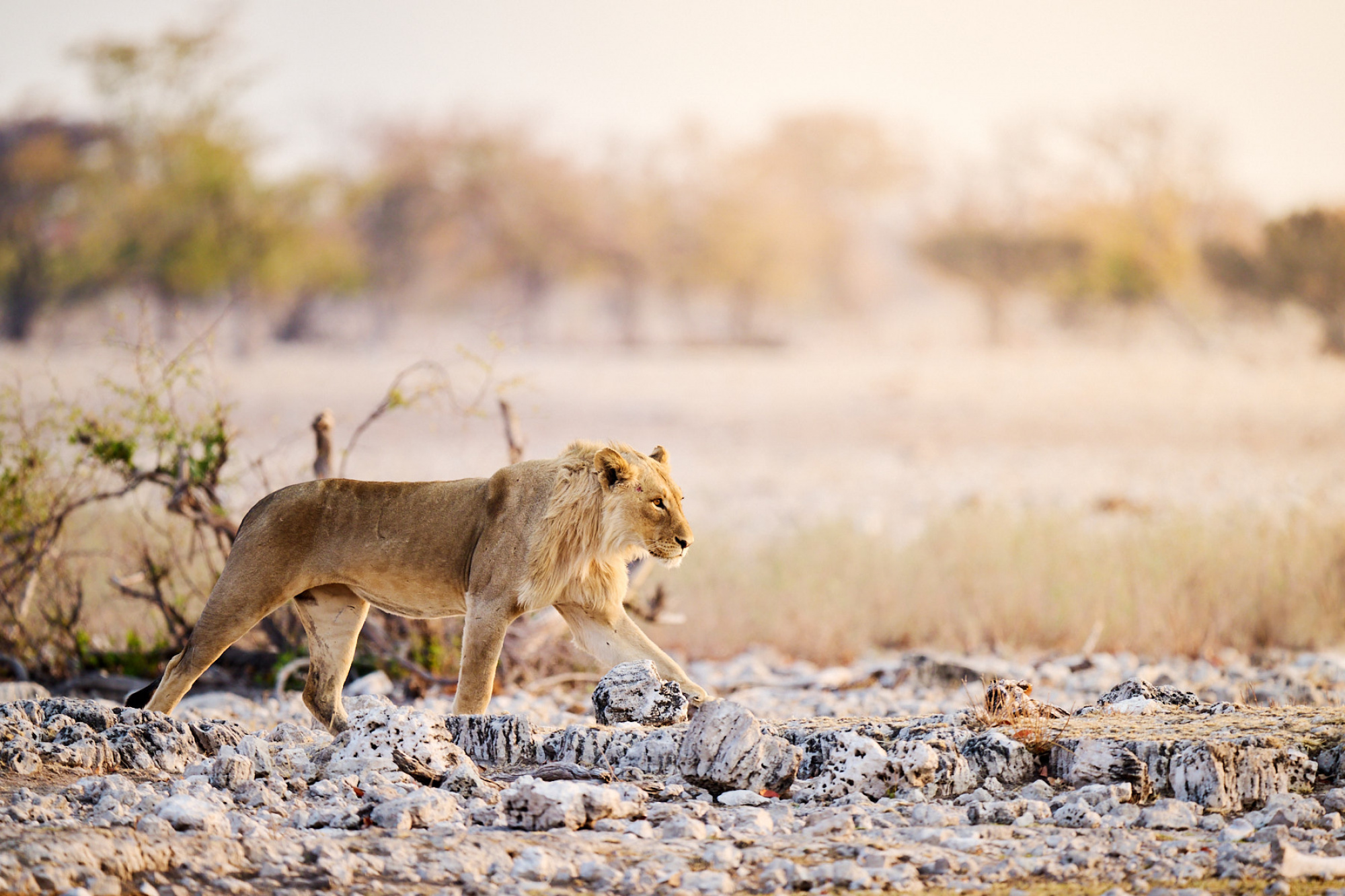

I add my 2 cents.
First af all, I and think all need an advice about what size use posting picutere to critics. What I understood reading this thread is 2.500 long side.
I'm pretty confused on thist topic because I posted 3 photos so far. One of them was at full resolution (8264x5510), it is reach in detail and colour and prints very good A2. It wasn't selected because of lack of technical quality. Then I posted another one, 1800x1200 small, and it was published. I mean, they are different in everything and I can surely accept that the critics don't like the one they discard because of composition or artistic matter... but technically speaking it is as good as it gets using a Z9 and a 600/4VR TC S.
Is advisable to post photo to be avaluated smaller than the original dimension, just to avoid a huge reduction with the related loss of quality, and if they re selected add a bigger file to print?
This is the image I spoke about, maybe you saw it (both 1800x1200, the second one at real pixels):


Victor,
I'd like to thank you for making a very good point - "that there is a lack of clearly stated 'judging rules' " I'd love to see an ariticle in the magazine telling us how to evaluate and critique a photograph. You questioned how member curators can judge the technical quality of photos at small sizes. Many things can be judged in a small image - photo theme, originality, and some technical details like colour, contrast, and tones. Sharpness and depth of field have to be estimated - or assumed. It is possible to see a larger image by opening the '. . . sd.jpg' file from the source code, and then the '. . . 'hd2.jpg' file from there, but that takes time.
Hi Steven and Victor,
By photo content I meant things such as subject matter, colour, light and drama. To me technical matters are noise, sharpness, flare, CA and vignetting. All of the items in photo content and everything in technical except CA can be part of the process of making a "fine art" photo. Sticking to preconceived rigid rules ( shadows need to be opened up to make the photo look more "average") prevents creativity. This forces photos to be rejected and makes most photos on a site to look similar.
I think it is one job of curators to look outside the box when judging. That can be hard to do when sales are involved.
Critics have more leeway and can open the first gate to let photos in.
Best regards,
Al
I add my 2 cents.
First af all, I and think all need an advice about what size use posting picutere to critics. What I understood reading this thread is 2.500 long side.
I'm pretty confused on thist topic because I posted 3 photos so far. One of them was at full resolution (8264x5510), it is reach in detail and colour and prints very good A2. It wasn't selected because of lack of technical quality. Then I posted another one, 1800x1200 small, and it was published. I mean, they are different in everything and I can surely accept that the critics don't like the one they discard because of composition or artistic matter... but technically speaking it is as good as it gets using a Z9 and a 600/4VR TC S.
Is advisable to post photo to be avaluated smaller than the original dimension, just to avoid a huge reduction with the related loss of quality, and if they re selected add a bigger file to print?
This is the image I spoke about, maybe you saw it (both 1800x1200, the second one at real pixels):


Hello Mossimo,
I do not think the file size that you upload has anything to do with curation (unless it is too small), I hope. I have had photos choses for publication that were only about 6 mpx in size. A large photo file can be as bad in tech quality relatively as a small file.
Photo of the lion looks Ok to me except maybe a little underexposed and maybe needs a little cropping from top. I did not check other tech qualities.
Best Regards,
AL
Massimo,
Excellent shots of the lion. I'm sure they are quite sharp considering your very expensive equipment - Nikon Z9 and 600mm f/4 lens. I agree with Al Pakulat that they may be a bit too bright. 'Technical Quality' is more than just sharpness - it could be about colour, tones, contrast, noise, editing issues, etc.
It's best to upload full resolution files, especially if you are selling your photos through 1X. Upload in JPEG and Color Profile sRGB. I don't know for sure, but I'd guess that the Head Curators can access and examine the full resolution files.
The website will re-size photos to fit the various pages they are displayed on. I've already written about that above in this thread.
. . . . Steven T.